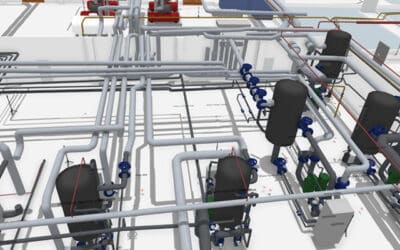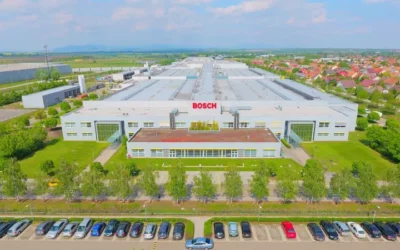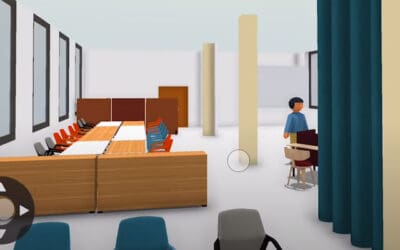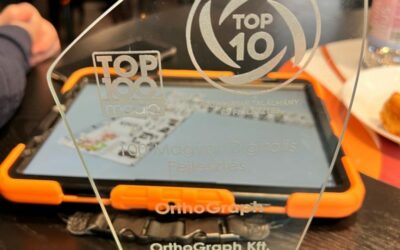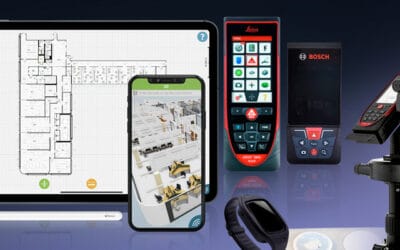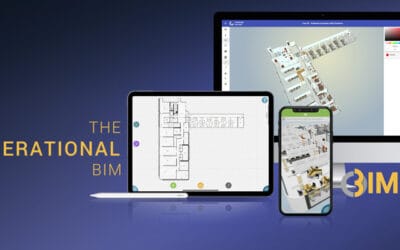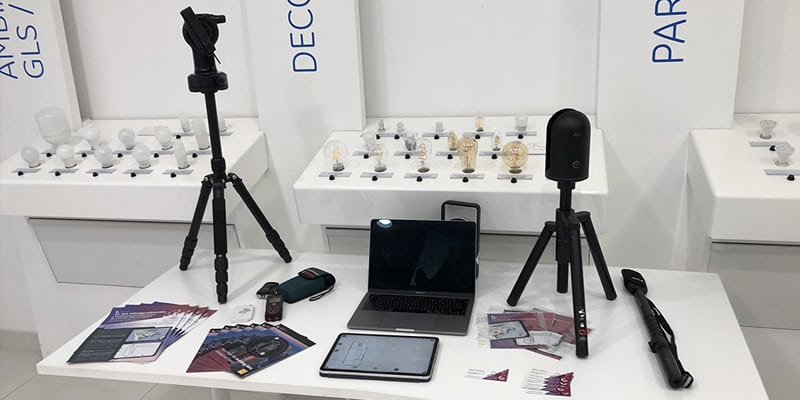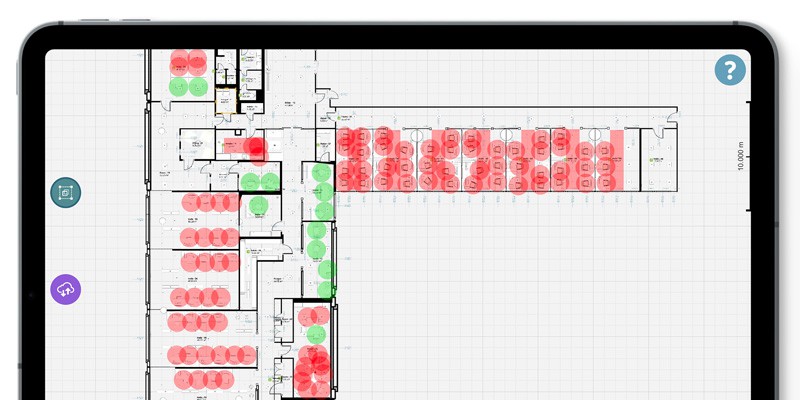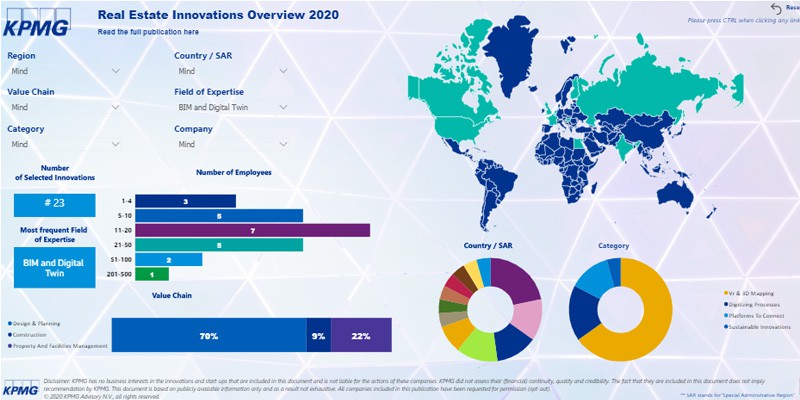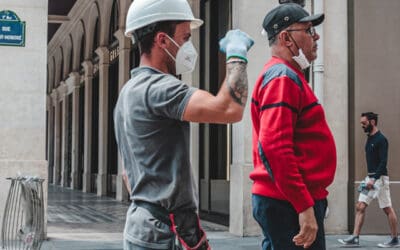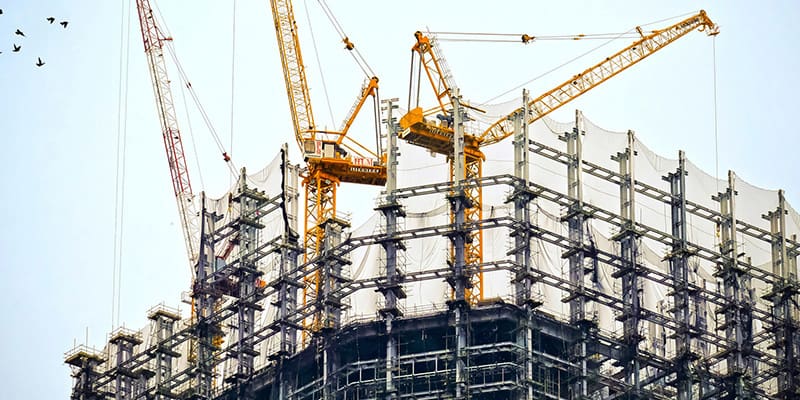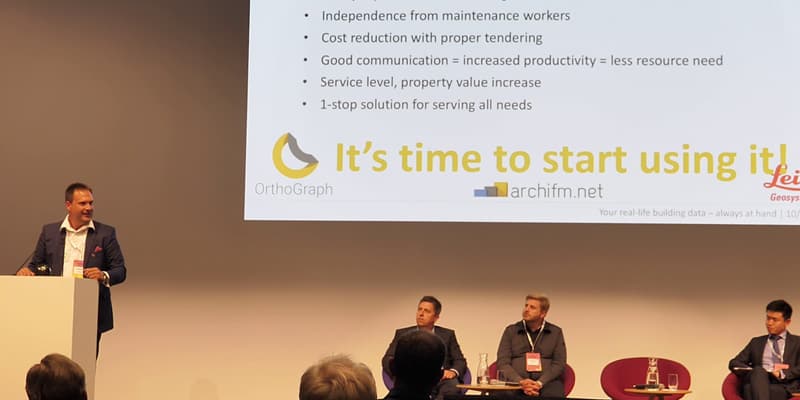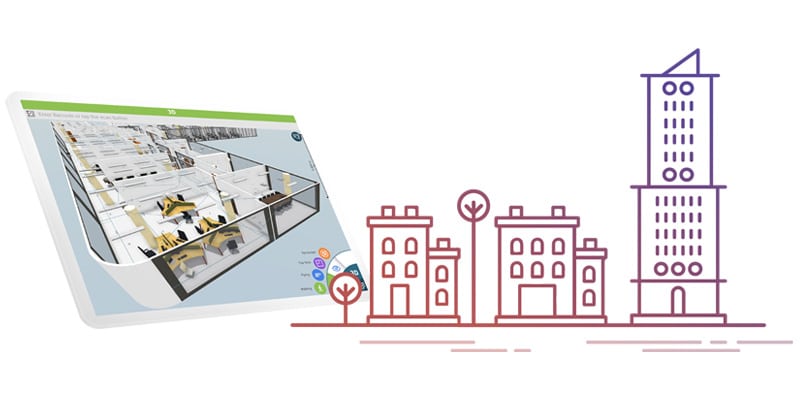Revolutionize Your Operations with Up-to-Date Building Data: Reduce Costs, Downtime, Improve Service
OrthoGraph’s graphical asset management sets the de facto standard in Operational BIM. Gain a clear and accurate view of all your assets throughout the entire building lifecycle, resulting in significant savings in construction, maintenance, contracting, and tendering processes. Achieve rapid ROI — often within weeks or months — by central asset knowledge, or by minimizing downtime, especially in industrial operations.
10-20% cost reduction.
This is comparable to the total construction cost of the building. All this while improving operational quality.
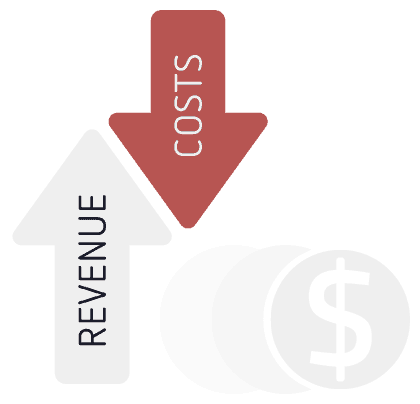
OrthoGraph® = the Digital Twin
Instant access to your up-to-date Digital Twin everywhere!
OrthoGraph resolves the problem, that building models are expensive to create, hard to keep up-to-date, and it is hard to integrate them into workflows and other systems. Usually they require expensive devices, software, and highly educated experts to create and handle, and quickly become obsolete. The importance of asset data and the identification of them and their exact position in the model is also often overlooked.
OrthoGraph is fast and accurate in model creation with its unique survey to BIM direct technology with embedded graphical asset inventory and offers 3 ways to access the data anywhere: application, web browser, and API-based enterprise-level integration with any third-party system (IWMS, CMMS, BMS etc.). The final model can be kept up-to-date by the regular maintenance crew on-site, at the point of changes. The 3 pillars of OrthoGraph thus are:

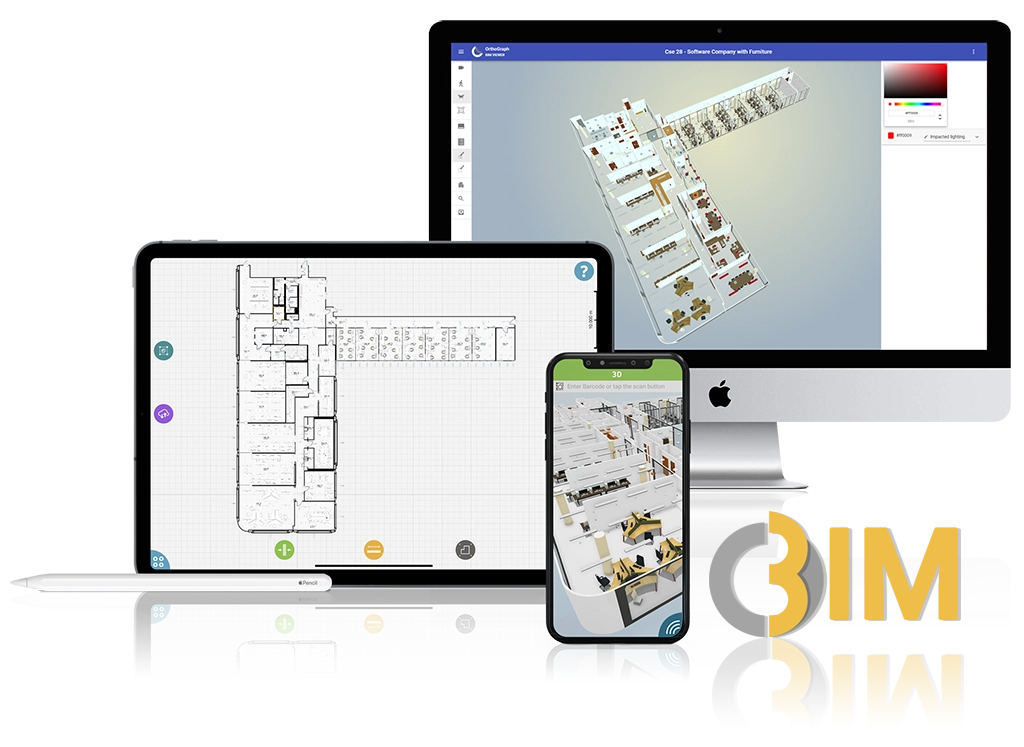

OrthoGraph® = the Operational BIM©
Operational BIM vs regular BIM – it’s about money and workflows
There is a significant difference between the information you need for the long term building operation, facility management, and what you need for designing and construction. The proper use of BIM in the long-term lifecycle of a property when using it, renting it, manufacturing in it etc. will not just result in tons of cost saving, but highly increases the productive performance of it.
The difference between these two BIMs is less technical, it is a lot more about what’s stored in them and how you and your employees can access and maintain them. The Operational BIM should not be an over dimensioned data jungle but rather a sufficiently detailed, straight to the point, always up-to-date building documentation. It is supposed to be available both in the office and on site. By adding unique identifiers (bar codes, RFID) to the inventory the efficiency of operation and maintenance processes can be significantly increased.
References: Learning from others’ success stories!
Check out some case studies, how OrthoGraph Operational BIM helped our users at their projects.
Learning from industries!
Learn how you can benefit from operating and empowering your facilities based on real life data.
No Results Found
The page you requested could not be found. Try refining your search, or use the navigation above to locate the post.
Benefits in different building lifecycle phases!
Operational BIM can be exploited starting from the beginning of a building construction till it’s final demolition. Learn about how OrthoGraph helps in different building lifecycle phases.
No Results Found
The page you requested could not be found. Try refining your search, or use the navigation above to locate the post.
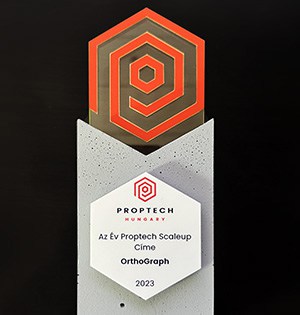
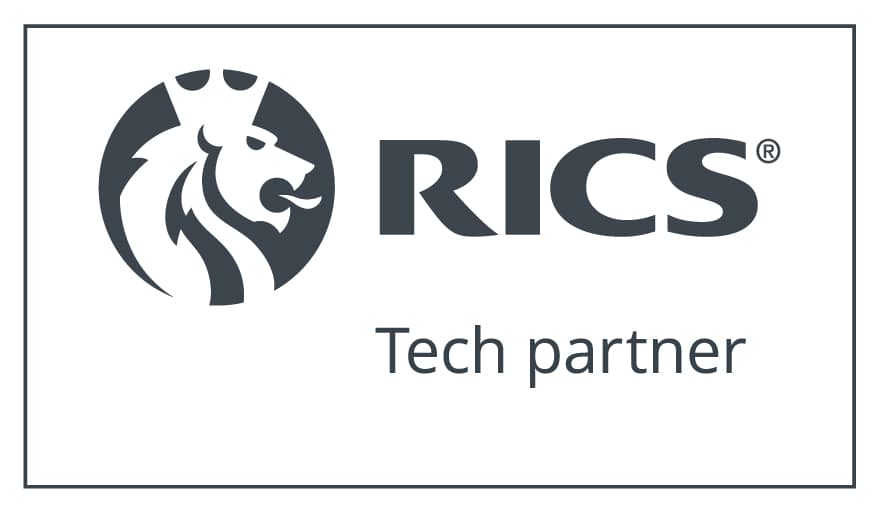








News
Start your pilot today!
Try OrthoGraph services or technology without a risk. Choose a building that is planned to be renovated, a factory block where the downtimes have the highest risk or any of your facilities that you want to have performing better. Ask for a quote today!
Still having questions? Use the Operational BIM ROI calculator with your own numbers or request a live 1:1 demo today!
to our Newsletter
OrthoGraph
Contact us
Contact us
OrthoGraph GmbH
Gartenstrasse 7
Zug
Switzerland
6300
+ 41 (41) 5510150
9:00-18:00 Zurich Time
USA: +1 760 933 1550
UK : + 44 (20) 34119438
Other pages
Education
Rapid Survey Concept
Orthograph for Constructions
Historical Building Survey

